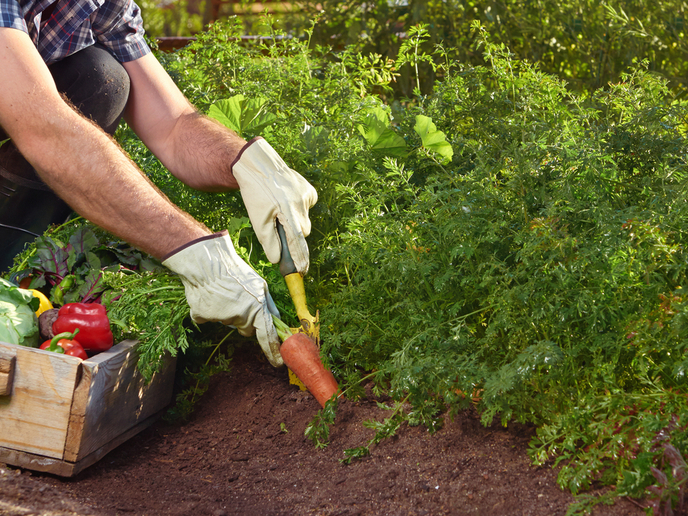Creating smart and flexible farming tools for complex and biologically diverse environments
The rising demand for food, due to population growth, increasing urbanisation and rising incomes, and the shortage of a skilled agricultural workforce have highlighted the need for sustainable and productive farming systems. Robotisation is increasingly being used to address these challenges, and an EU-funded project is supporting a new generation of farmers who are starting small innovative market-garden farms across Europe. The ROMI project is developing an affordable, multipurpose platform with robotic tools, data, software and shared documentation to help increase the production of farming communities and improve their working conditions. ROMI’s robotic tools are a mechanical weeding robot, a drone for crop monitoring, and a 3D scanner for phenotyping in indoor and outdoor environments. “The use of computer and active vision, informed by virtual plant modelling for in-field phenotyping, will not only support farms by providing comprehensive crop monitoring and prediction tools, but the same data will also form the basis for accurate application of computer numerical control (CNC) robots at multiple scales,” as stated in a news item on the ‘Open Access Government’ website. “The precise movements and placement of the tools in complex planting arrangements will assist farmers in repetitive yet highly dexterous tasks. ROMI’s weeding tool will save farmers 25% of their time.” The project will be beneficial for microfarms that mainly use traditional farming methods where a lot of work is done manually, resulting in physically demanding working conditions, unlike in larger farms where precision farming is increasingly used. “Due to the incompatibility technologies of scale, tractors are not a viable option in such small surfaces and are not adapted to manage the complexities of multiple crop types on the same field,” the same news item adds. The ROMI project covers rural, peri-urban and urban areas. Peri-urban areas are defined as zones of transition from rural to urban land uses located between the outer limits of urban and regional centres and the rural environment. The efficiency and usability of ROMI’s robotic tools are tested at two core sites: Chatelain Maraîchage near Paris, and Valldaura Self-sufficient Labs near Barcelona. “Based on these computational and robotic tools, disease and stress detection, planting, harvesting, watering, soil and genetic sampling may be further applications,” according to the same news item.
Intelligent farming
The ongoing ROMI (RObotics for MIcrofarms) project’s intelligent robotics platform involves the use of appropriate sensors and dedicated algorithms for monitoring the crops, plant populations and the whole field for efficient harvesting. The shape of the plant (phenotype) is observed over time with techniques based on computer vision, 3D vision, plant modelling, active vision and AI. A periodic reporting document on CORDIS states: “The platform will build up an accurate and informative picture of what happens in the field by combining a top-down with a bottom-up approach: an airborne device snapshots a large-scale view of the field while a ground-based rover collects detailed information from individual plants.” For more information, please see: ROMI project website
Countries
Spain



